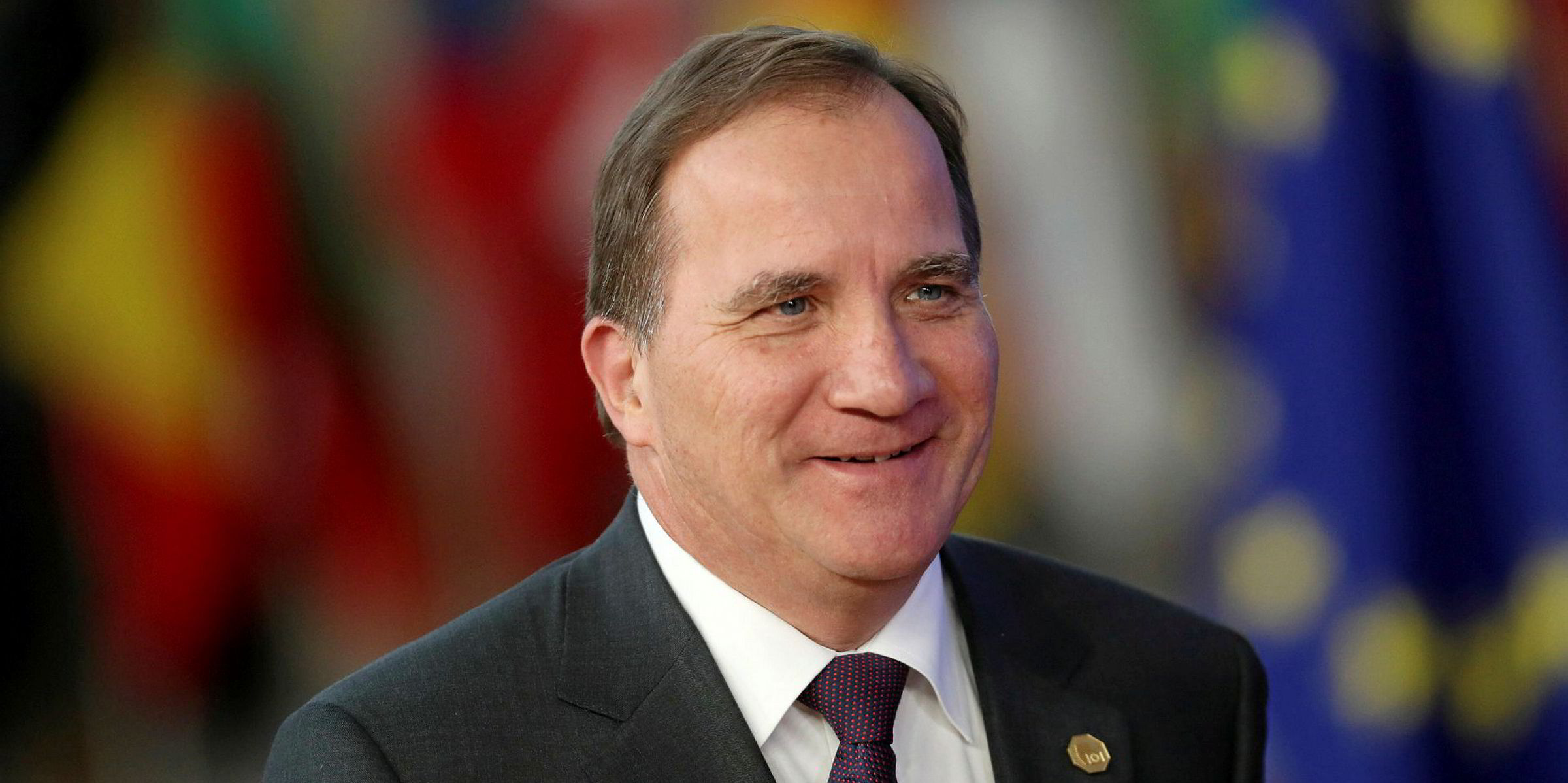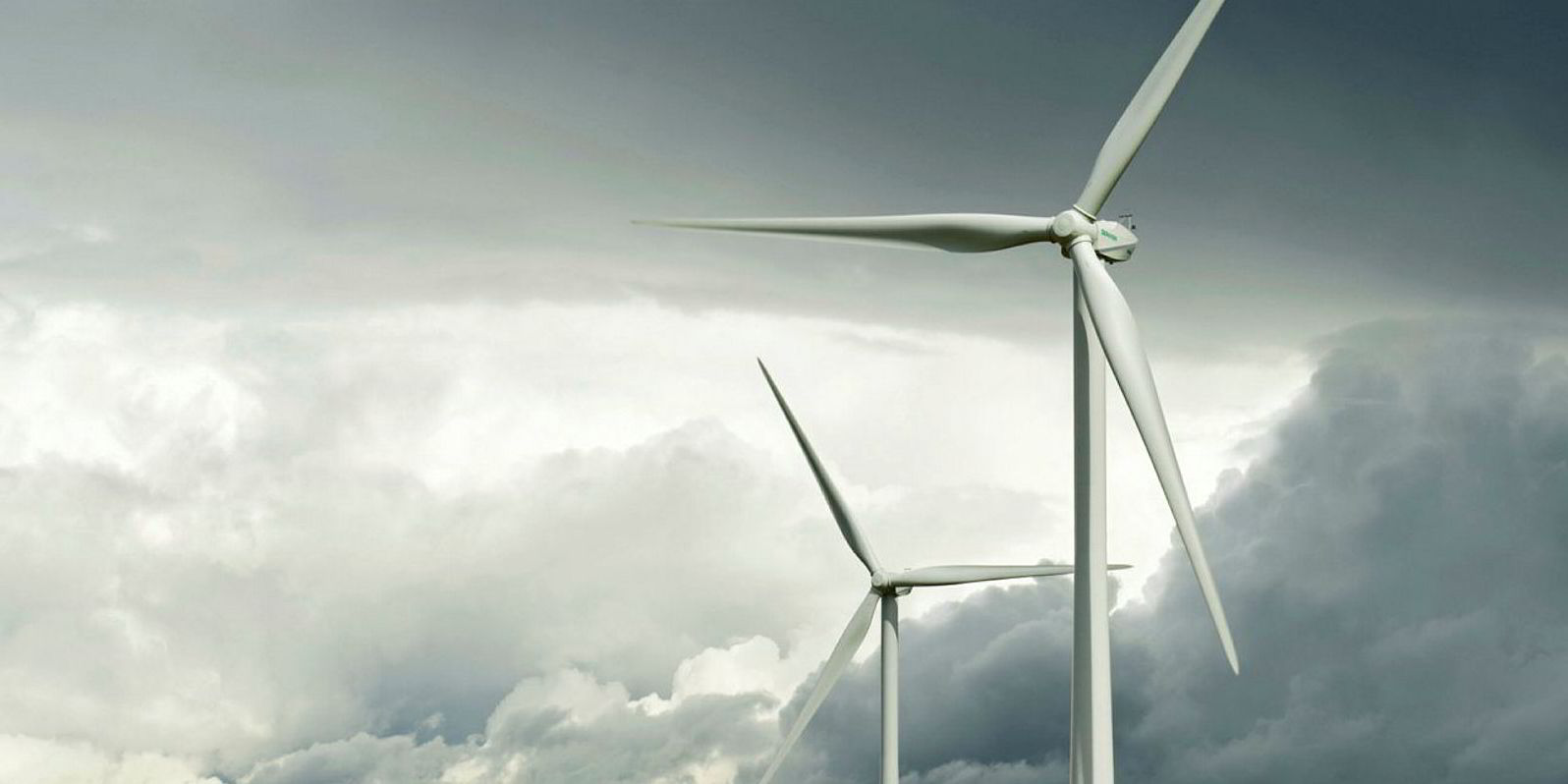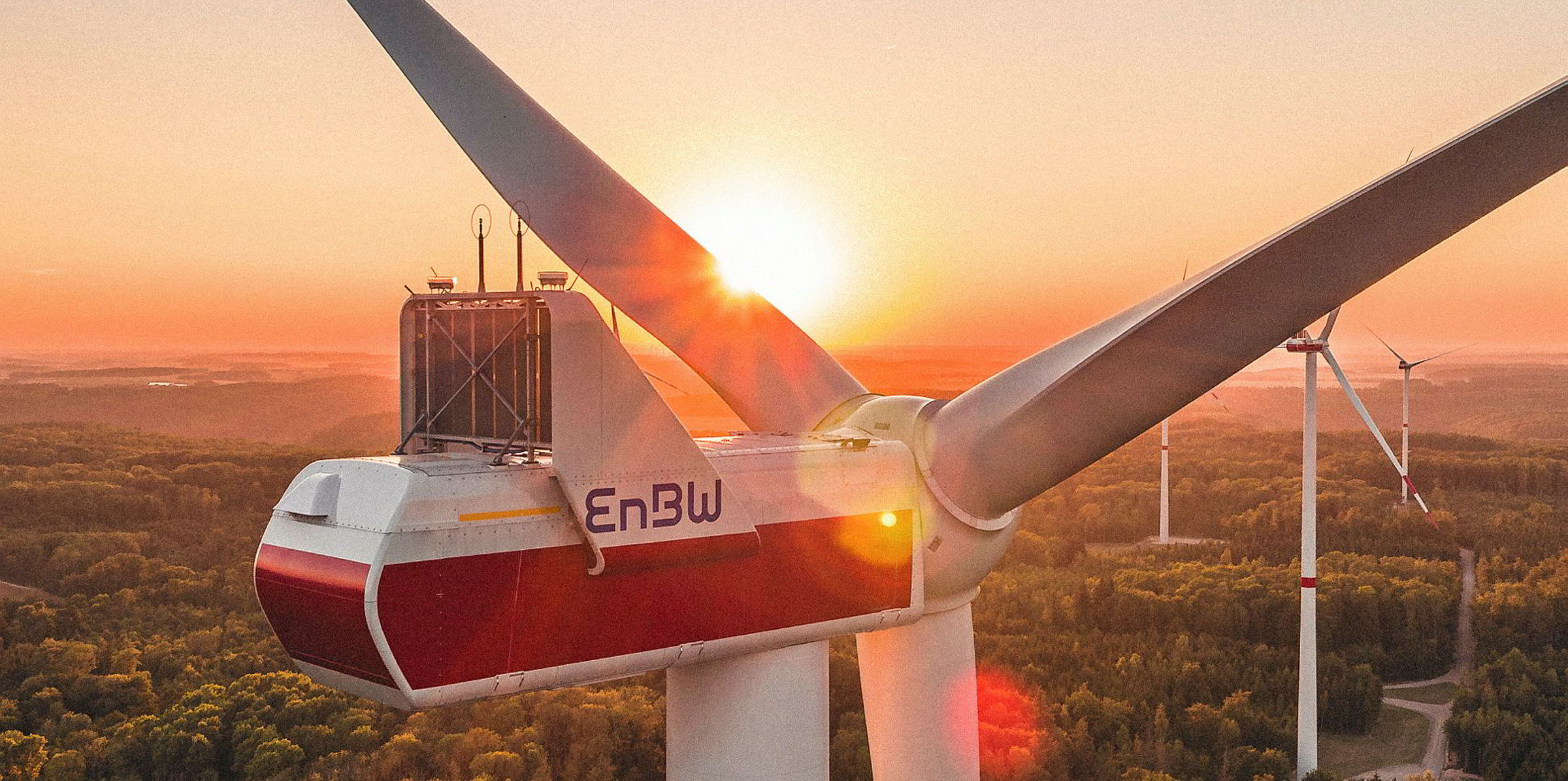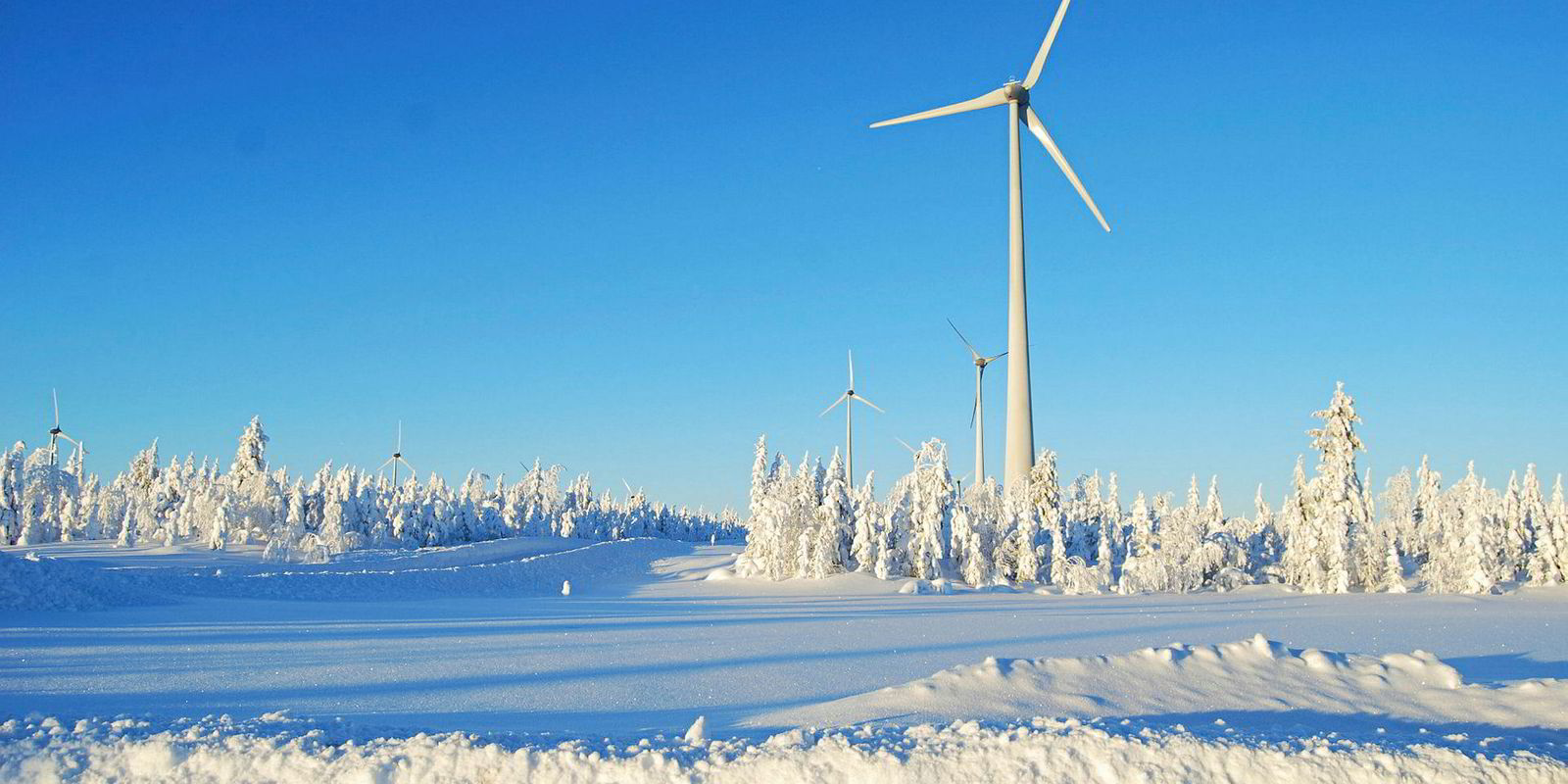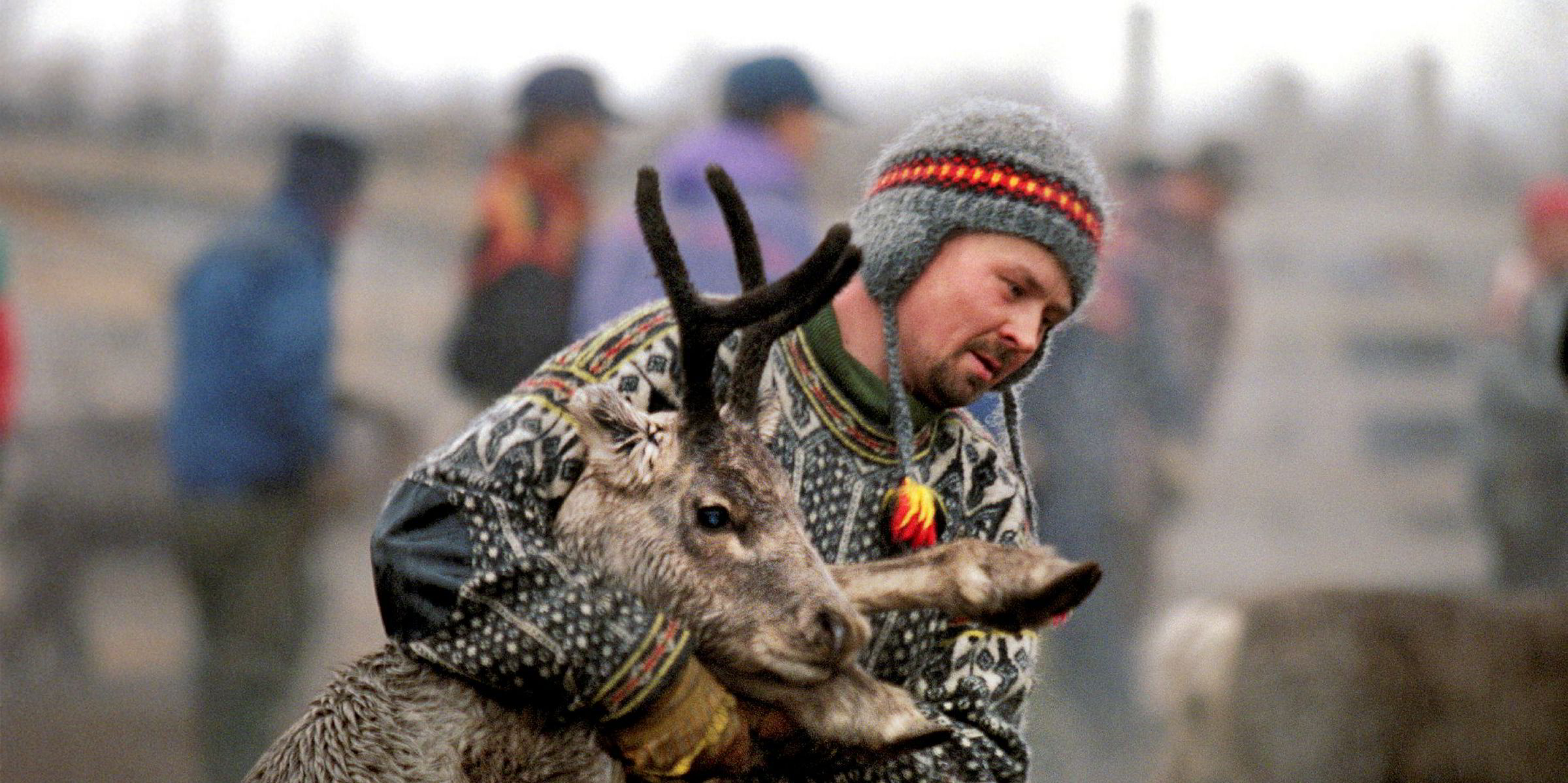It may sound unlikely, but the hottest onshore wind market in Europe right now is arguably Sweden.
In 2018, Swedish onshore wind projects attracted €3.7bn ($4.2bn) of final investment decisions (FIDs) — more than France, Spain and Denmark combined, according to WindEurope’s recently released annual statistics.
It’s also clear that Sweden is getting a lot of bang for its buck. The figures reveal that each megawatt of onshore wind in the country will cost a third less than those being built in second-place France, according to the WindEurope FID figures — €1.16bn per GW, compared to €1.54bn/GW.
This is almost certainly down to economies of scale. The sheer scale of onshore projects being planned in Sweden is unprecedented in Europe. Among the 3.2GW of projects signed off last year were the 1.1GW second phase of the up-to-4GW Markbygden project in northern Sweden, which is being built by German turbine maker Enercon; and E.ON and Credit Suisse’s 475MW Nysäter wind farm in central Sweden. They are set to become the largest and fourth-biggest wind projects in Europe, respectively.
And there are a lot more huge projects in the pipeline, including the 353MW Blakliden/Fäbodberget facility in northern Sweden, co-owned by Vestas, Vattenfall and Danish pension fund PKA.
The Swedish Wind Energy Association (SWEA) expects 2.24GW to be installed in the country this year, up from 716.5MW in 2018 (a 212% increase), followed by 1.15GW in 2020 and 1.04GW in 2021.
So why has Sweden suddenly become so attractive for the onshore wind sector?
“First, it has to do with the political stability that we have,” explains Charlotte Unger, chief executive of SWEA. “And then also the wind in Sweden is perfect for wind power. That, in combination with quite a lot of [back-up] hydropower is the main reason why you see many wind projects here.”
Manfred Haberzettel, director of business development for generation at German utility EnBW, agrees, pointing to the “excellent wind conditions” and the “stable political and regulatory framework”.
“There is a clear political target for further growth in renewable energies, especially in wind onshore. And they have a 2040 target to be 100% renewables,” he says.
In 2016, five of the seven mainstream political parties in Sweden — the ruling Social Democrats and Greens, the Moderate Party, the Centre Party and the Christian Democrats — signed a long-term agreement stipulating that 100% of the country’s electricity should be generated by renewables by 2040. Unger hopes that the two holdouts — the pro-wind Left Party and the pro-nuclear Liberals — will join this pact, although that might be a little hopeful, given that the agreement also states that all subsidies for nuclear power should be withdrawn.
“We believe that until 2040 you will have a combination of hydro and wind that will deliver up to 90% of the electricity needed,” adds Unger. Sweden currently draws about 57% of its power from clean energy.
She explains that the strong demand for wind power in the country is not just due to government targets. Sweden has become one of the most attractive nations in the world to host data centres, drawing the likes of Google, Facebook and Amazon to its high-speed broadband networks, clean energy mix and cold climate. The relatively cold temperatures in Sweden help keep banks of computer servers cool, increasing their energy efficiency and reducing the amount of power required.
“More and more of these data centres are coming; there is an increasing demand,” says Tim Carpenter, head of Nordic sales at turbine maker Nordex, which is supplying the machines for the Nysäter project. “At the same time, there have been announced plans to decommission the nuclear power stations over the course of the next 10 to 15 years [in Sweden]. So there will be the need for more generation. Whether it all comes from wind or not is difficult to say.”
Anja-Isabel Dotzenrath, chief executive of E.ON Climate & Renewables, points out that Sweden’s onshore market is also attractive because of the country’s low population density, particularly in central and northern Sweden, where large plots of land are available for development.
“If we look at a country, we look at various aspects,” she tells Recharge. “It is always a combination of ‘are there suitable sites available?’ – and this is clearly not only about the wind yield but also the grid connection. In addition, what is the general sentiment in the country? Is it pro-renewables? And how can we secure offtake?
“The Facebooks of this world have announced the construction of data centres. So there is a market for these projects, and also for the offtake.”
But despite all the favourable conditions for onshore wind development in Sweden, the ongoing build-out faces a range of potential roadblocks, according to SWEA.
“What we have seen is that it is getting more and more difficult to get permits,” Unger tells Recharge. “One of the reasons is connected to the [traditional, indigenous] Sami population. But it also has to do with defence, and regulations covering birds and bats.”
The current permitting system in Sweden is bureaucratic, time-consuming and, some would argue, unfavourably skewed against wind power.
Two separate permits are needed to build a wind farm — one to construct the project and the other to get grid connection — and the entire process from initial consultation to go-ahead can take more than ten years. There have been instances where the five-year project permit has run out before a grid connection has even been agreed.
Permits can be vetoed by local municipalities, which rejected more than three quarters of proposed wind projects between 2015 and 2018, while the Swedish armed forces have declared that half of all land in the south of Sweden is off-limits to wind projects — despite the fact that a recent defence commission declared that increased levels of renewables would improve the country’s defence readiness.
On top of this, permits have been denied on the grounds that a single bird — rather than a specific species — might be harmed by a wind farm, even though the Swedish Environmental Protection Agency has stated that no bird populations are at risk from an expansion of wind power. Also, projects in windy northern Sweden have faced increased opposition from the Sami population, which argues that wind turbines frighten their reindeer, potentially making large swathes of their traditional lands into no-go areas (see panel).
Permits for network connections are becoming increasingly difficult to get, especially as more and more projects are added to a national grid that “needs massive reinvestment”, according to SWEA. It generally takes more than a year for developers to be notified as to whether or not a grid connection is even possible.
And then there is the ongoing uncertainty surrounding the country’s Green Certificate System, which is now fully subscribed — nine years ahead of schedule. But there are no rules in place on how to end this scheme and establish who is entitled to these tradeable certificates and who isn’t. A sudden excess of certificates above the expected allocation would devalue existing certificates, reducing income for existing projects and potentially deterring future investment, says SWEA.
“We do believe that Sweden is the hottest onshore wind market in Europe — but the upcoming challenges are already knocking on the door, and the politics need to handle them urgently,” said a SWEA spokeswoman. “If not, the expansion of onshore wind will be delayed. We have got ambitious targets. Now the politicians need to formulate how the transition to renewable energy should be done — in practice.”
Without fixes for the above issues, the 2040 target will be “impossible to achieve”, says SWEA, and the Swedish wind-power market will turn from hot to cold.
The indigenous Sami people — numbering about 100,000 — have lived in northern Scandinavia for centuries, making their livelihoods from fishing, reindeer herding and fur trapping.
“When you talk about the Sami population, we have a dialogue, of course,” says SWEA boss Charlotte Unger. “Since they depend on nature with their reindeers, and of course a stable environment, trying to hinder climate change is of course very important also for the Sami people. I hope we could find solutions that are good for us, the Sami people, and regarding climate change.”
But according to the president of the Sami Council, Åsa Larsson-Blind, mega-scale wind farms represent an industrial threat to a fragile, ancient way of life.
“The wind industry often says it wants to have a dialogue,” Larsson-Blind tells Recharge. “But I believe it thinks it is easier to accommodate than it actually is. I think it has a naïve view that it is just putting up some windmills, not taking away [reindeer] pastures.
“Do children really have to grow up without their language, their culture, in the name of fighting climate change?”
The scale of the wind projects planned in the Nordics could be “the last straw”, says Anna Skarin, a researcher at the Swedish University of Agricultural Sciences, who has investigated the impact of the industry on reindeer grazing lands.
Skarin — who says her work on the issue is non-partisan and funded by the Swedish Energy Agency — has found reindeer avoidance of turbines even on small projects of eight or 10 machines, with an impact observed up to 5km away. The reindeer have a visual aversion to the turbines and, it is believed — Skarin is about to start work to establish this for sure — also dislike their noise. On top of that comes disruption from the associated construction work and infrastructure needed to support the projects.
At the level of build-out planned, Skarin reckons the ability to implement mitigation measures could be stretched to breaking point. “There are thousands of turbines in the planning system,” Skarin tells Recharge. “I think if everything is built, it will really be a big impact on the ecosystem. We’ve already seen it beginning.”

